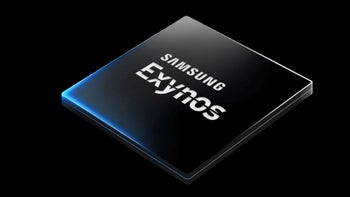Chip battle between Intel, Samsung and TSMC intensifies after announcement

According to Nikkei Asia, TSMC announced on Wednesday that it will start producing chips using its 1.6nm process node by 2026. The world's top contract foundry made the announcement during the North America Technology Symposium held in Santa Clara, California. This year, TSMC's most cutting-edge application processors for smartphones will be built using its second-generation 3nm process node (N3E). Chips like the A18 Pro and A18 Bionic for the iPhone 16 series, Qualcomm's Snapdragon 8 Gen 4 SoC, and MediaTek's Dimensity 9400 chipset should be manufactured using this process node.
As the process node numbers get smaller, so does the size of the transistors placed inside the chips. That means that more of them can be used which increases the performance and/or energy efficiency of the component. For example, the 7nm A13 Bionic that powered the 2019 iPhone 11 series carried 8.5 billion transistors while last year's iPhone 15 Pro and iPhone 15 Pro Max feature the 3nm A17 Pro which contains 19 billion transistors. TSMC says that the 1.6nm node will "greatly improve logic density and performance."
At the Symposium TSMC CEO C.C. Wei noted that "At TSMC, we are offering our customers the most comprehensive set of technologies to realize their visions for AI [using] the world’s most advanced silicon." TSMC also announced that its 1.6nm node will include "backside power rails" which move the wiring to connect the chips to power sources from the top of the chip to the bottom.

Each 3nm A17 Pro AP is equipped with 19 billion transistors
The current setup means that wires on top of the chips connected to power sources compete for space with the wires that connect components resulting in wasted power and lower efficiency. Intel, which named its backside power feature "PowerVia," will beat TSMC to the punch by including the technology with its 20A (2nm) and 18A (1.8nm) chips starting next year. Intel has said that the use of backside power can increase clock speeds by up to 6%.
During the second half of next year, TSMC will start mass production of chips made using its 2nm node. At 2nm, TSMC will debut its Gate-All-Around (GAA) transistors. The latter uses a gate that covers all four sides of the channel reducing current leak and increasing the drive current. Samsung already uses GAA transistors with its 3nm process node. Late last year, TSMC turned over 2nm prototypes to two of its largest customers, Apple and NVIDIA.
The bottom line is that the application processors used to power smartphones will continue to get more powerful and energy-efficient over the next few years leaving pundits wondering whether current technology can support even smaller transistors by the end of the current decade.


















Things that are NOT allowed: